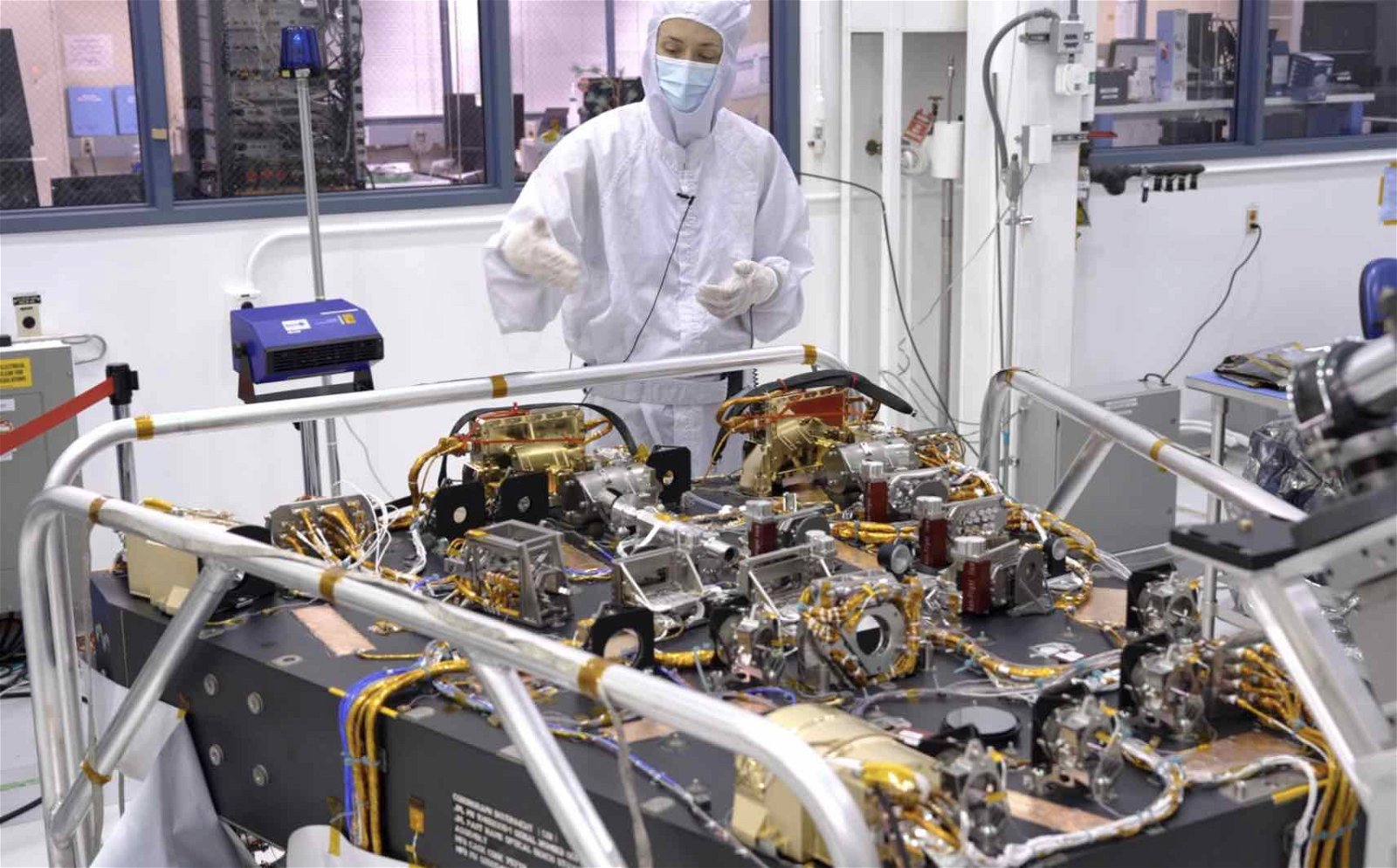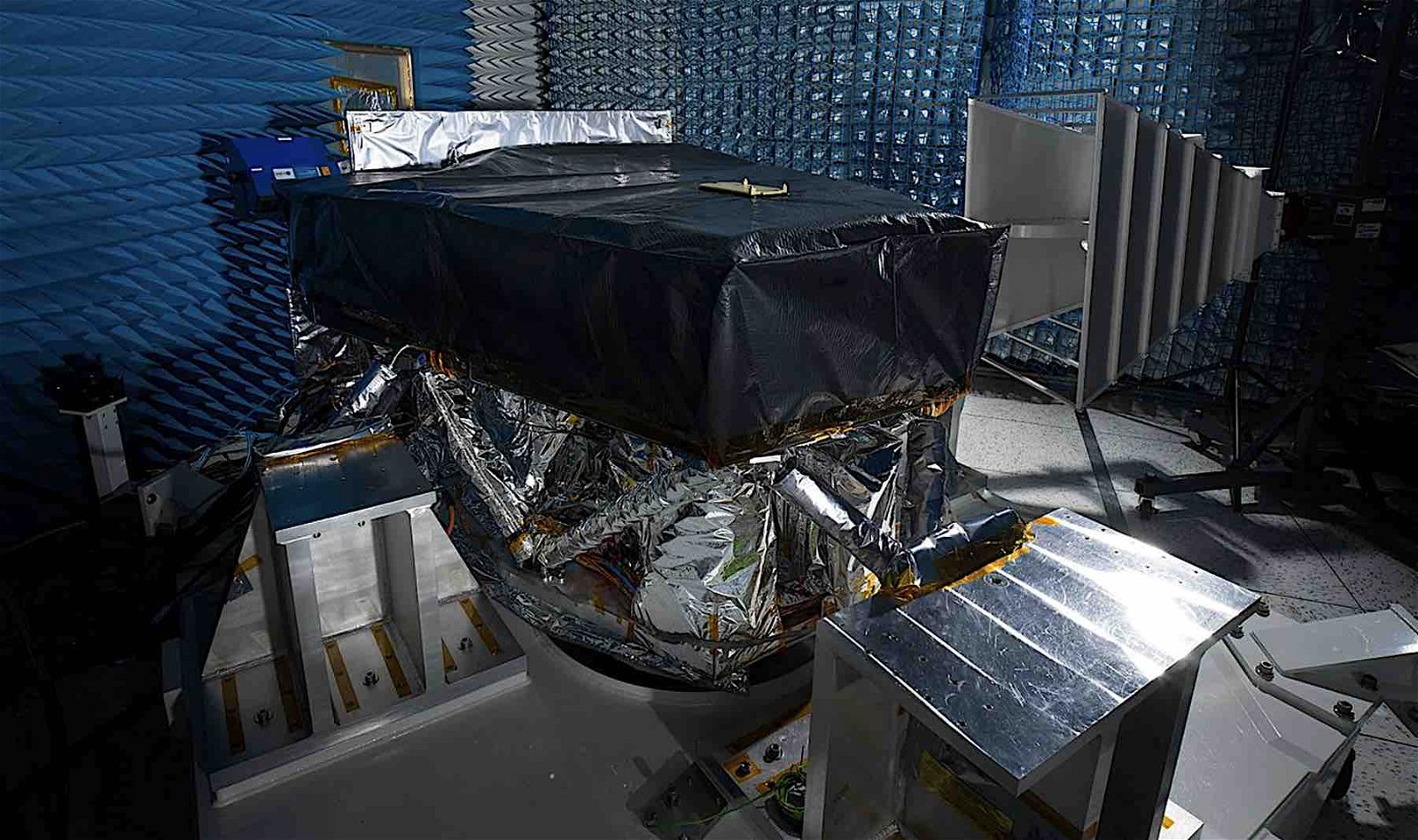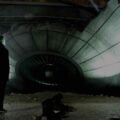NASA says it has successfully administered multiple tests to a new instrument on the Nancy Grace Roman Space Telescope, which will allow unprecedented views of planets beyond our solar system.
The tests were administered to the Coronagraph Instrument, which the space agency will allow it to greatly improve the telescope’s ability to visualize exoplanets that are currently too far away for astronomers to observe.
An infrared space telescope which the space agency plans to launch by May 2027, the Nancy Grace Roman Space Telescope will feature a primary mirror that allows a 2.4 m wide field of view, along with additional instruments such as the Coronagraph, which is currently being developed and tested at NASA’s Jet Propulsion Laboratory in Pasadena, California.
Among the tests the instrument has undergone recently, engineers have gauged the Coronagraph’s electrical components to ensure that their operation does not conflict with other instruments on the telescope.
Seeing Beyond the Celestial Glare
Coronagraphs function by blocking light emanating from an object, such as a distant star or galaxy. In this manner, astronomers can make observations of nearby objects that normally would be obstructed from view by the glare these brighter objects produce.
By breaking down the spectra of light that distant planets reflect, scientists can determine the presence of certain chemicals in its atmosphere, which could point to the likelihood of whether life may exist there.
In simple terms, the telescope’s Coronagraph could prove to be one of the most crucial technologies to be used in the search for signs of life on other worlds in the coming years, with its design custom-tailored to be able to help astronomers visualize planets comparable in size to Jupiter that are in relatively similar positions with relation to their host stars.


Among the key capabilities that make this possible is the Coronagraph’s ability to detect individual photons emanating from celestial objects, which allows the information it collects to greatly exceed the capabilities of past space observatories.
Gauging the Nancy Grace Roman Telescope’s Sensitivity
Still, there are difficulties that the Nancy Grace Roman Space Telescope and its powerful instruments will be faced with. One is that planets astronomers hope to find with it will be very faint, and could require weeks of observations to help ensure that a decent composite image of these distant worlds can be achieved.
Due to the sensitivity of the Coronagraph and the other instrumentation on the telescope, it is of fundamental importance that no electromagnetic interference occurs between the separate electrical components, which could result in false positives in the data the telescope collects, or other operational issues.
To ensure that all the telescope’s components will be able to function without interfering with each other once the telescope reaches its destination almost a million miles from Earth, JPL engineers are conducting tests in an isolated chamber that is electromagnetically “quiet” to simulate conditions in space where the telescope will eventually operate. Within this testing environment, the various functions of the telescope can be observed easily, as there are no other sources of electromagnetism that can permeate the area apart from those produced by its instruments.
Roman Coronagraph electrical systems engineer Clement Gaidon said that electrical fields produced by antennas on the telescope are about equal to the electrical field a computer screen produces.
“That’s a pretty benign level, all things considered,” Gaidon said in a statement, noting that even innocuous amounts of electromagnetism could affect the sensitive instruments on the telescope.
“Overall, the instrument did a fantastic job navigating across the electromagnetic waves,” Gaidon said.
The Coronagraph technology demonstration is separate from the Roman Space Telescope’s main mission. The main mission, using the Wide Field Instrument, aims to capture large space images for various scientific purposes, including discovering new exoplanets, creating 3D maps of the cosmos, studying dark matter and dark energy, and answering questions about other features in the cosmos.
Micah Hanks is the Editor-in-Chief and Co-Founder of The Debrief. He can be reached by email at micah@thedebrief.org. Follow his work at micahhanks.com and on X: @MicahHanks.

